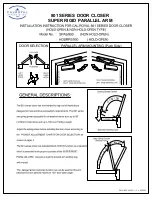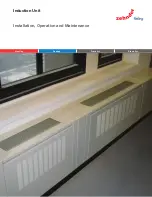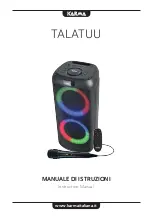
- 4 -
Warnings
Welding and cutting operations are specialised operations which present a certain
degree of risk. Professional training, correct operating procedures and protective
measures reduce the accident risk and damage to equipment.
Personal Safety Protection
Welding and cutting operations generate noise, bright light and
high-temperature sparks which will cause harm to human
hearing, eyes and skin unless personal protective measures are
implemented and proper operational instructions are adhered to.
1
Wear flame retardant personal protective equipment (PPE) such as gloves,
overalls, welding helmets with correct shading filter, shoes and aprons to
protect against thermal radiation, sparks and hot metal particles.
2
Hot sparks and metal fragments can cause skin damage. Avoid clothes with
front pockets and button-up sleeves and collars.
3
Use appropriate flame-retardant shields or curtains to protect bystanders from
arc radiation and high temperature sparks. Bystanders also need to wear a
protective helmet fitted with a shading filter to protect face and eyes or a pair of
spectacles fitted with shading filters.
4
Avoid burns and scalds by not touching a welded work piece with bare hands.
Fire and Explosion Dangers
Welding and cutting operations generate high-temperature flames
and arc which can cause fires and explosions. The same applies to
welding slag and sparks.
1
Operators and bystanders must be protected from arc, sparks and metal
fragments.
2
The welding/cutting area should be free from flammable and explosive
materials. Should these materials be required in the welding/cutting process,
flame retardant covers should be applied.
3
Care should be taken to avoid fire hazards from cracked floors and walls.






































